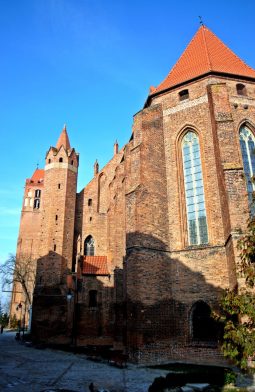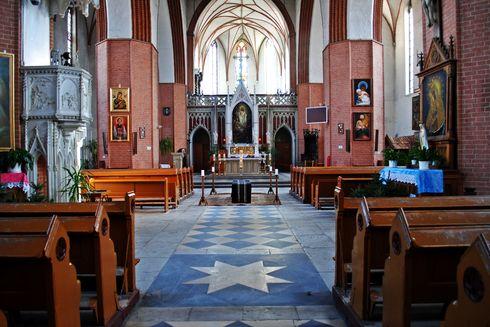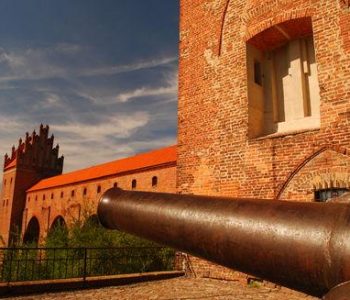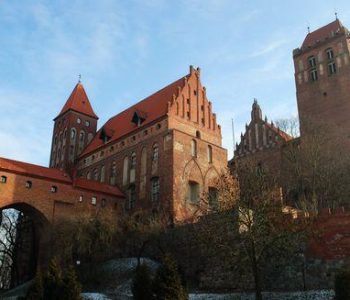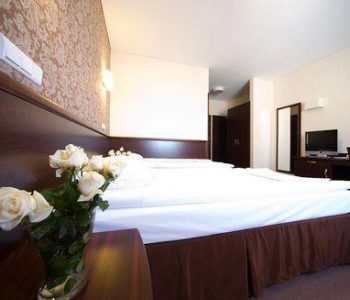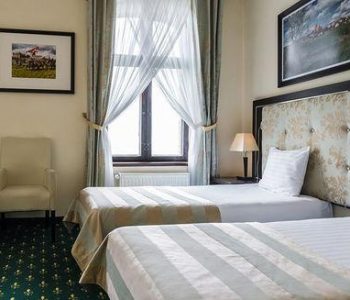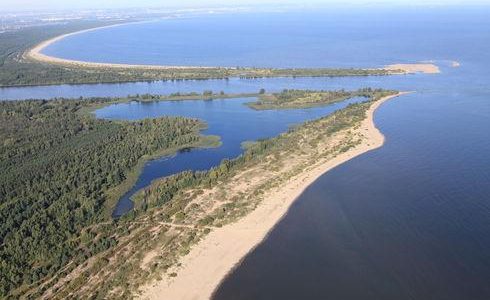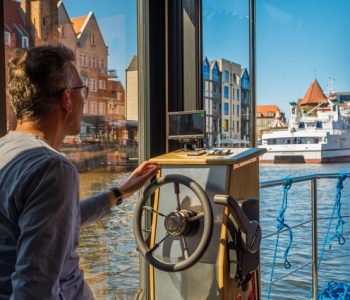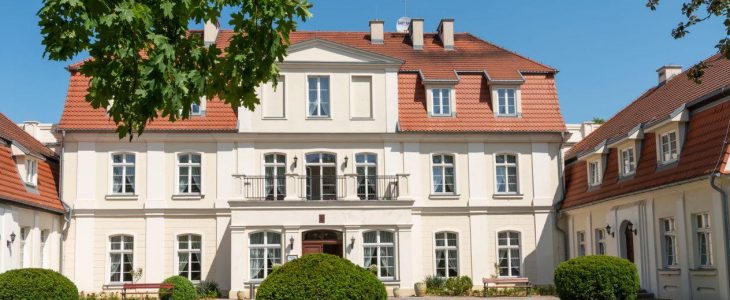The chancel is surrounded by a 3.75-m-high defensive gallery, supported from the top with four buttresses (reinforcements). The walls are 1.25m thick. In 1330, the Grand Master of the Teutonic Order, Werner von Orseln, murdered in Malbork, was buried here. After 1343, the previous church was pulled down and the structure of the nave came to join the chancel with the castle’s eastern wall. The Patron Saints of the Cathedral are the Blessed Virgin Mary and St. John the Evangelist. The total length of the Cathedral with the chancel is 86.20m and its width is 25m. The Cathedral proper has the form of a three-nave, five-span quasi-basilica and measures 62.15 to 63.60 m in length. The variation in the wall length results comes from the order in which different parts of the complex were constructed. This proves that the castle was built first and only then the cathedral, starting from the chancel. The main body of the Cathedral was built under the supervision of an Italian builder, Eupertuss. The cathedral was finished in the 1360s and the last stage of the construction, completed c.a. 1385, was to build the defensive gallery running around the full wall of the temple.
The defensive character of the Cathedral is accentuated by walkways along the tops of the walls for shooters, covered with a common roof, and two defensive towers, connecting the chancel to the cathedral naves. The windows are narrow and pointed with stained glass inside. The gable roof is steep and red-tiled. The construction as a whole is reinforced with huge buttresses in between the windows. There are three entrances to the Cathedral. Let’s imagine you are in front of the northern entrance. The entrance in the wall is approached by a series of steps. Above the door you can find a plaque commemorating the beginning of the Polish ownership of the temple, established in 1946.
After over a dozen metres you find yourself in front of the burial chamber of Lieutenant General Otto Friedrich von der Groeben, dating back to the early 18th century. The General was a district governor (starosta) in the Kwidzyn and Prabuty Districts and the owner of the Nowa Wioska estate. He was renowned for fighting the Turks and establishing the first Brandenburg colony in the Western Africa. The chamber shows sculptures depicting two lying people (the General with his third wife) and two kneeling characters (the two former wives). Next to the chamber stands an obelisk to the memory of Pope John Paul II. The western entrance, leading through the chancel, is “adorned” with stone cannonballs that were used to attack Kwidzyn back in those days.
The southern wall of the chancel features the Chapel of the Blessed Dorothea of Montau. Dorothea, a daughter of Agatha and Willem Swarte, was born on 25 January 1347 in Groß Montau, (Mątowy Wielkie) near Malbork, Prussia, and was the youngest of nine children. In 1363 she was married to a twenty-years-older resident of the same village, Adalbrecht. Dorothea’s husband was an armourer. They resided in Gdańsk on Długa Street. The marriage gave birth to nine children, and Dorothea had to tend not only to the household but in many cases also to the armoury (when her husband was away). Already at the beginning of her marriage she started to experience visions and through work, prayer, and mortifying herself, she communed with God. As a result of the plague and various diseases only two of her children survived (both daughters), and the couple was prompted to make several pilgrimages in the mid-1380s. In 1390 Dorothea’s husband died and she embarked on another pilgrimage to Rome. She arrived in Kwidzyn in 1391 and spiritual leadership over her was assumed by the provost of the Pomesanian Cathedral Chapter, father Johannes of Kwidzyn (Jan z Kwidzyna), who also became her confessor. Dorothea asked him to let her establish a hermit’s cell against the wall of the cathedral in Kwidzyn. Having obtained special permission, after a service celebrated by Bishop Johannes on 2 May 1393, Dorothea was escorted to the newly-constructed cell. She died on 25 June 1394 after 14 months in the cell. Her grave attracted numerous pilgrims and on 18 March 1404 Pope Boniface IX issued a bull to initiate the beatification process. On 9 January 1976 a Decree was issued, approving the public veneration of Dorothae, a widow and a recusant hailed as “Blessed” or “Saint”.
In 2005-2007 excavation works in the cathedral vaults revealed the tombs of three Grand Masters of the Order of the Brothers of the German House of Saint Mary in Jerusalem, unique on a world scale, which contained the remains of Werner von Orseln, Ludolf König von Wattzau, and Heinrich von Plauen. Dorothea’s tombstone has not been found yet. The main entrance is from the south and was made of Gotland limestone in 1586. Above the crypt there is a unique gilded mosaic dating back to 1380, renovated in 1902, measuring 1.90 x 2.15m. It depicts St. John the Evangelist set against the Roman Porta Latina, where his martyrdom took place, and a Bishop in liturgical vestments kneeling on the left. The Bishop is Jan I Mnich, who finished the construction and founded the mosaic.
The tower in the western part of the Cathedral was shared by the capitular castle and the church. This structure soars up to a height of 56.50 and is a typical defensive structure. It provides a magnificent view over the city and the Vistula River valley. It used to serve as a bell tower. Its base has the shape of a rectangle, measuring 15m x 10m, and its walls are about 3m thick. The tower overlooks two other towers, in Nowe and in Gniew.
Under the Gothic-Revival organ gallery you can observe two late-Baroque confessionals made of wood. There are also numerous bass reliefs depicting characters and scenes from the Bible. Below the choir there are two bronze bells with inscriptions. The larger dates back to 1584 and was cast by Herman Benningk of Gdańsk, while the smaller is of unknown authorship and originated in 1512. The nearby pillar features a Baroque epitaph in memory of Tomasz Fraser, a brigadier, dated back to 1715. The second epitaph, commemorating his wife, Anna Fraser, can be found on another pillar. You can also see several coffin plaques from the first half of the 18th century. Finally, there are also some commemorative plaques from the last dozen years or so.
Autor: LOT Liwa
Foto:Agnieszka Śmietańska
Galeria
Warning: Attempt to read property "ID" on array in /home/klient.dhosting.pl/intui/pomorskie-travel.intui.eu/public_html/wp-content/themes/pomorskie-travel/single-poi.php on line 163
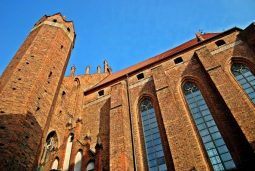
Warning: Attempt to read property "ID" on array in /home/klient.dhosting.pl/intui/pomorskie-travel.intui.eu/public_html/wp-content/themes/pomorskie-travel/single-poi.php on line 163
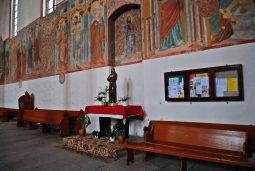
Warning: Attempt to read property "ID" on array in /home/klient.dhosting.pl/intui/pomorskie-travel.intui.eu/public_html/wp-content/themes/pomorskie-travel/single-poi.php on line 163
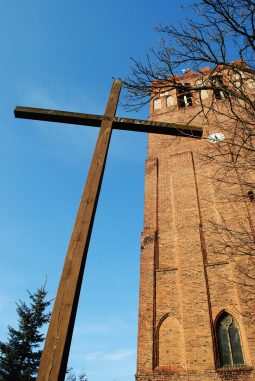
Warning: Attempt to read property "ID" on array in /home/klient.dhosting.pl/intui/pomorskie-travel.intui.eu/public_html/wp-content/themes/pomorskie-travel/single-poi.php on line 163
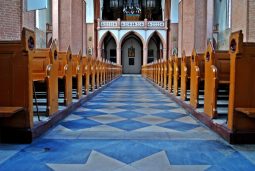
Warning: Attempt to read property "ID" on array in /home/klient.dhosting.pl/intui/pomorskie-travel.intui.eu/public_html/wp-content/themes/pomorskie-travel/single-poi.php on line 163
